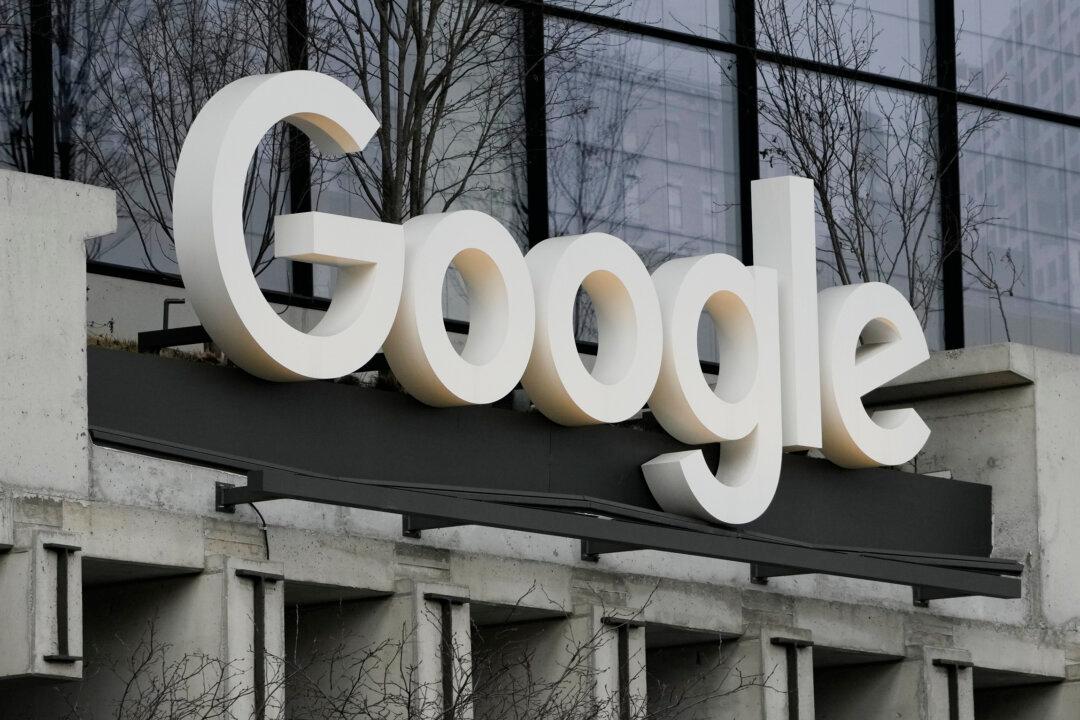ALEXANDRIA, Va.—Opening arguments and initial testimony began in Virginia on Sept. 9 as the Justice Department (DOJ) sought to convince a judge that Google’s purported monopolization of the digital advertising technology market violated antitrust law.
DOJ attorney Julia Wood told a federal judge that Google dominated multiple aspects of the advertising technology industry while unfairly quashing competition. Filed in 2023, DOJ’s complaint alleged that the tech giant violated the Sherman Antitrust Act, a law passed in the wake of the industrial revolution.
Google’s conduct came out of the “classic monopolists’ playbook” Wood told Judge Leonie Brinkema, who is overseeing the trial in the Eastern District of Virginia. Wood alleged that Google controlled the competition, customers within the advertising technology space, and the rules within the industry.
It’s the second major antitrust trial in recent months wherein DOJ has alleged the search giant engaged in anticompetitive practices. Just last month, D.C. District Judge Amit Mehta ruled that the company unlawfully monopolized the search market.
Besides DOJ, multiple states, including New York and Virginia, joined the complaint as plaintiffs.
Defining the Industry
She also alleged the DOJ had outlined markets that simply didn’t exist within the advertising technology industry and that the plaintiffs were trying to “gerrymander” out a significant competitor through market models that produced “absurd” conclusions and carved out relevant substitutes.The case comes amid a slew of antitrust lawsuits brought by DOJ and the Federal Trade Commission, whose critics have suggested the agencies are attempting to punish big business’s success rather than actual antitrust violations.
During her opening argument, Wood disputed the idea that DOJ sought to punish Google for its accomplishments or because it was too big. She also rejected the idea that Google’s success was due to innovation, instead stating that the company “acquired its way to success.”
Dunn suggested the industry was two-sided with advertisers on one end and publishers like media outlets on the other.
The industry itself, she said, was “intensely competitive” with new entrants coming “all the time.” She also defended Google’s conduct as serving valid business purposes and said the company made its products interoperable with rivals.
The plaintiffs called four businessmen on Sept. 9 with varying experiences within the digital ad space, including Tim Wolfe, who serves as vice president of revenue operations at Gannett, the parent company of USA Today and many smaller newspapers. He and others indicated that alternatives to Google’s advertising products weren’t comparable.
Competition
James Avery, who founded and leads an advertising technology company called Kevel, testified like others that Google led competitors in programmatic advertising for digital display ads, or the type of ads that typically appear as rectangular banners on news sites.He said his company experienced difficulty securing new clients as they worried about losing the demand Google brought through its reach in the industry.
Andrew Casale, who leads an advertising technology company called Index Exchange, testified that it was uncommon for companies to switch between products like his and Google’s. He likened the products to a utility on top of which businesses built themselves.
Attorneys representing Google leveled multiple questions suggesting that companies were able to pursue digital advertising through other entities such as Amazon and various social media platforms.
Jeannie Rhee, another Paul, Weiss partner representing Google, focused on this point during her cross-examination of DOJ witness Joshua Lowcock, an advertising executive who previously worked for Universal McCann and testified in the Google search case.
On Sept. 9, Lowcock told Wood that social media, mobile app ads, and “native” ads, or those designed to look like they are part of an outlet’s editorial content, were not reasonable substitutes for the display ads he said Google dominated.
During cross-examination, Rhee pressed him on prior testimony he gave about social media. For example, she quoted him saying that the majority of ads on social media were “display” ads and noted during cross-examination how the ads on Facebook and news sites were similar in shape. She also pointed to how his company advised one of its clients, the U.S. Postal Service to switch between social media and display ads.
At multiple points during their exchange, Lowcock attempted to qualify his previous statements. On redirect with one of the plaintiff’s attorneys, he said that factors like staffing weighed on his ability to shift spending to social media from traditional display advertising. For social platforms, he said, his company might have to consider whether it had creative assets or a presence on the platform where it sought to advertise.







